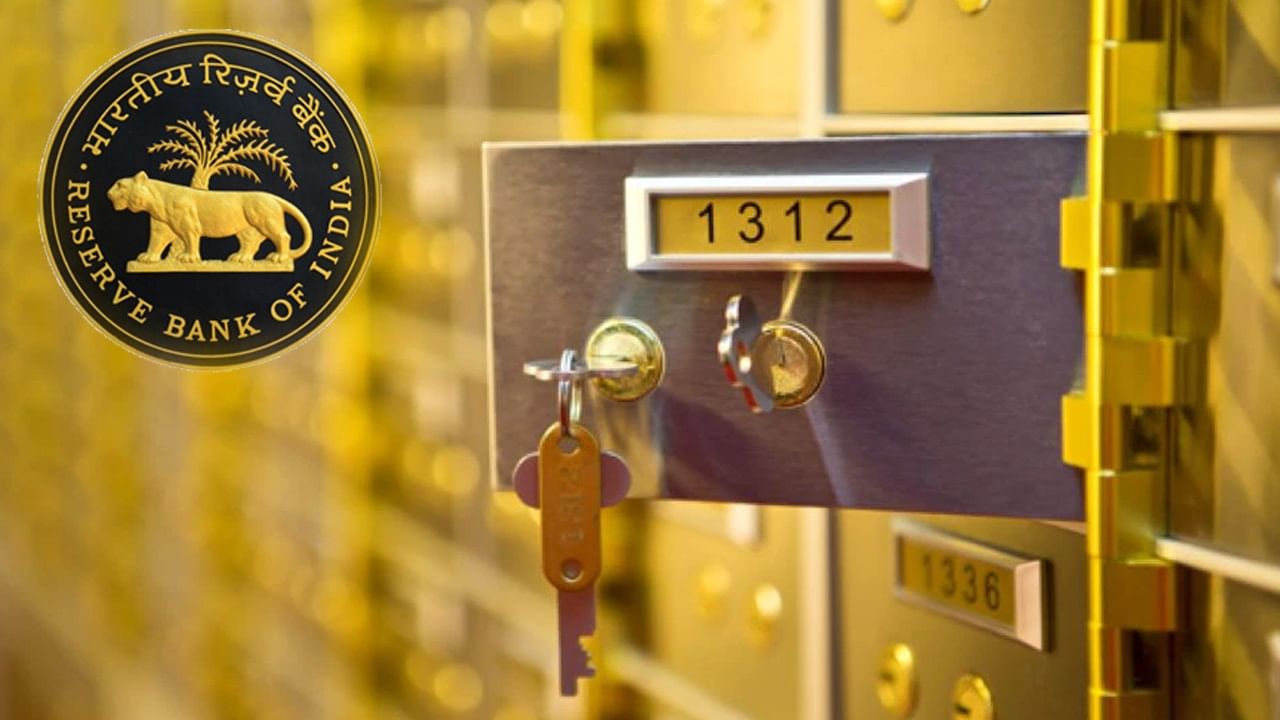On hearing the name of keeping your valuables safe, the bank locker gets the idea. Just as you become relaxed by depositing your money in the bank, similarly you can be tension free by keeping your jewelry, necessary documents and other valuables in the bank locker. Banks provide these special facilities to their customers, so that your goods are completely safe. But if you are also thinking of taking a bank locker, then first know about its rules, charge and security.
Bank locker is a kind of safe deposit box, in which you can protect your precious items. Whether it is gold-silver jewelry, property papers, will or any other important thing, you can keep them in the locker. These lockers are kept in the bank’s secure vault, which are specially made to protect the theft, fire and natural disasters. For this, you have to pay rent to the bank, which is charged annually.
What is the locker fare?
The fare of the bank locker depends on what is the size of the locker and where the bank branch is. If you take a bank locker in a village or small town, then the annual fare of small size locker can start from Rs 1000. At the same time, if you take a big locker in Metro City like Delhi, Mumbai or Bengaluru, then you may have to pay up to Rs 10,000 every year. Apart from this, GST is also imposed on rent, which is added to total expenses. Some banks also ask for security deposits for lockers, which are returned when the locker surrenders, provided there is no arrears.
There are some important conditions to take a locker. First of all, it is necessary to have a savings or current account in that bank. This account is linked to your locker, so that the bank can get a record of your identity and transaction. Some banks also want that your account should be active for at least 6 months and there is good balance in it. If you are a new customer, then some banks can have a condition to open a fixed deposit (FD), which acts as a security security of the locker.
How safe is your things?
Its security is the biggest feature of bank locker. These locker are kept in the bank’s high-quality vault, where 24/7 CCTV cameras, Bergler alarm and security guards are monitored. Two keys are required to open the locker- one with you and the other with the bank. Some banks also use biometric verification. These vaults are designed to protect against natural disasters like fire, water and earthquake. But note, if the goods kept in the locker are spoiled due to some reason and the bank is not negligent in it, then the bank will not be responsible for it. In such a situation, you can insure your valuables, so that you can get compensation in case of loss.
RBI Terms and Conditions
The Reserve Bank of India (RBI) has made some rules to make the locker facility more transparent. According to the rules in 2021, all banks have to use a standard locker agreement form. The rights and responsibilities of you and the bank are clearly written in this agreement. Also, you need to visit your locker once in at least 5 years. If you do not use the locker for a long time, the bank can give you notice. If the fare is outstanding for 3 years, the bank can break the locker and collect its dues by selling goods.
In the locker, you can keep things like jewelry, necessary documents, small collecting ibles, will, bonds, share certificates and family heritage. But some things are prohibited to keep it in the locker, such as cash, weapons, drugs, explosive materials, bad things and any illegal goods. If you keep cash, then it is against the rules of RBI and you will not get compensation even if there is loss.
How to use a locker?
Locker can be used only in the working hours of the bank. Whenever you go to open the locker, the bank checks your identity and records your visit. Some banks give 12 free visits in a year, after that you can charge Rs 100 + GST for every visit. Both your key and bank guard key are necessary to open the locker. If you lose the key, the bank can charge the cost of creating a new key or breaking the locker.
According to the RBI rules, if the locker’s goods are damaged due to theft, fire or fraud of the bank employee, then the bank will pay only 100 times annually. That is, if the fare of your locker is Rs 5000, then you will get a compensation of up to Rs 5 lakh. But if you have kept gold or diamonds worth millions, then this amount will be very low. Therefore, it is prudent to have private insurance of your goods.
